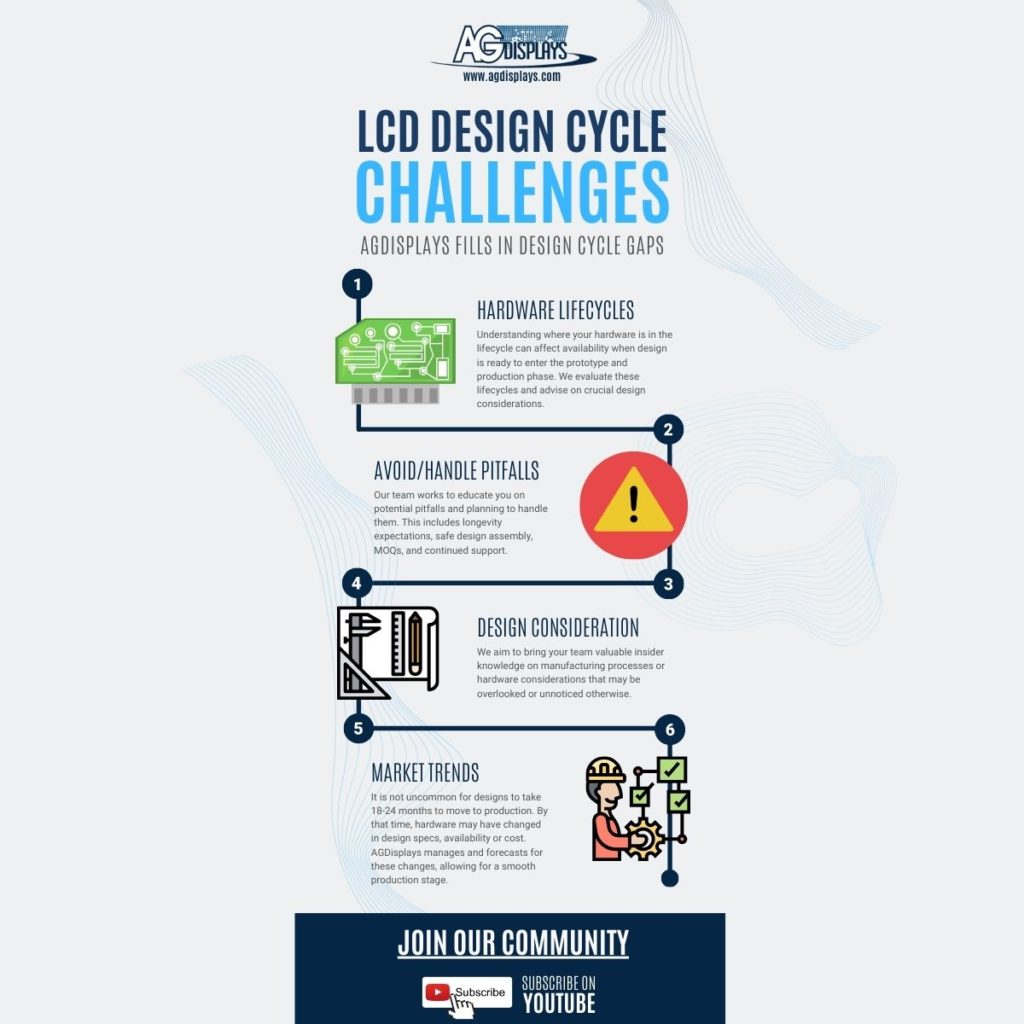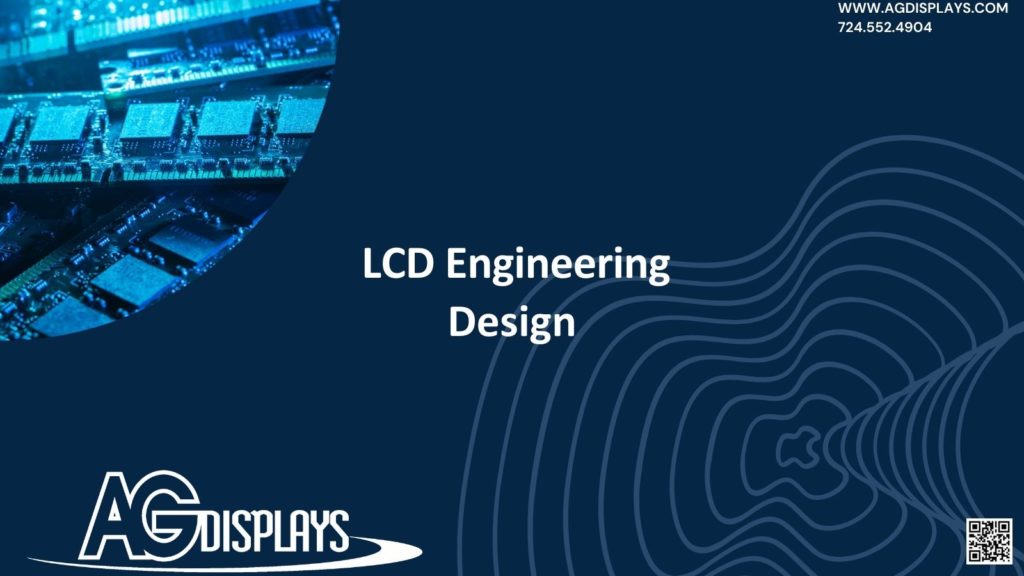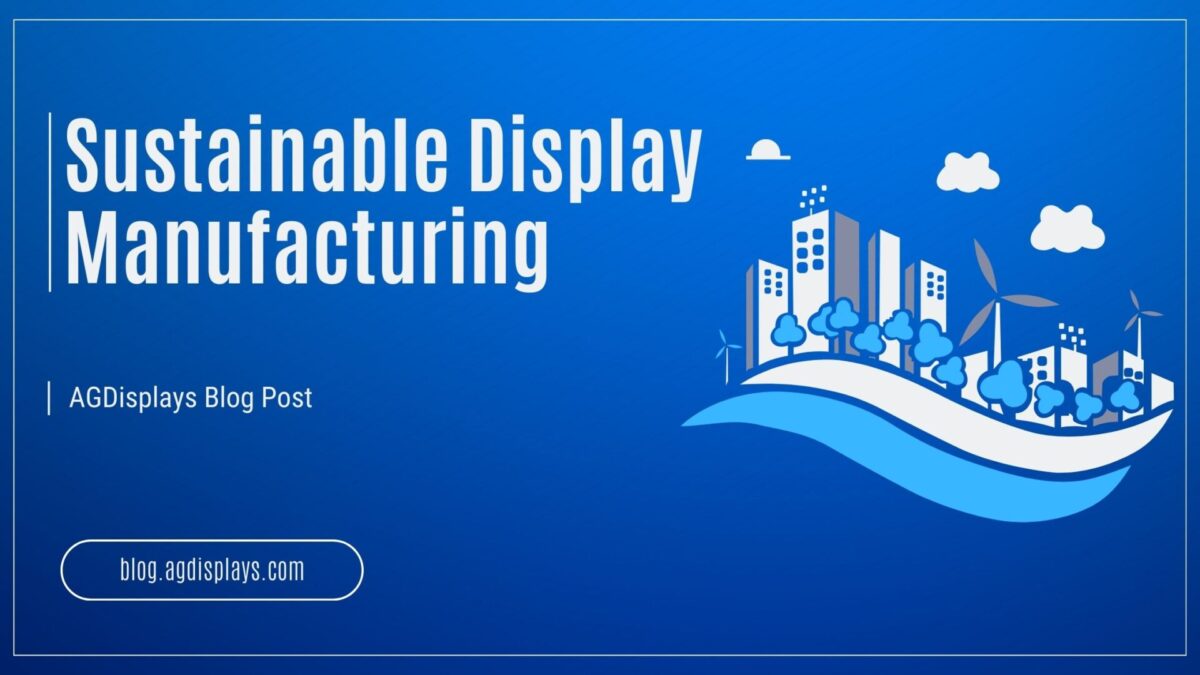Liquid Crystal Displays (LCDs) are the silent workhorses of our tech-driven world, illuminating everything from the dashboard of a delivery truck to the heart monitor in an ICU. Their knack for delivering sharp visuals, vibrant colors, and low-power performance has made them indispensable across industries—consumer electronics, healthcare, transportation, manufacturing, and beyond. But as we lean harder on these screens, the bar for their performance keeps rising. It’s not enough for an LCD to shine bright out of the box; it needs to keep shining through years of heat, cold, jolts, and wear—especially in places where failure isn’t an option.
Think about a digital sign on a windswept highway, baking under the sun day after day, or a factory monitor rumbling through decades of vibration. A dimming backlight or a cracked panel doesn’t just mean a quick fix—it can halt production, compromise safety, or rack up replacement costs. Longevity and reliability aren’t luxuries; they’re necessities. Engineers, manufacturers, and users are now obsessed with one question: how do we make LCDs last longer and stand stronger? In this blog, we’ll unpack the art and science of building displays that endure, mixing storytelling with quick insights. Here’s what we’ll explore:
- What determines how long an LCD lasts
- The sneaky ways displays fail over time
- Design tricks to boost lifespan from the ground up
- Ruggedization tactics to shield against the elements
- How enhancement services stretch a screen’s life
- AGDisplays’ role in crafting long-life solutions
- The future of unbreakable LCDs
The Lifespan Puzzle: What Makes an LCD Tick?
Every LCD is a delicate dance of parts—backlights, liquid crystals, polarizers, and electronics—all wrapped in a housing that’s either a fortress or a weak link. Each piece has its own clock, and when one runs out, the whole show can grind to a halt. The backlight, for starters, is often the first to falter. Old-school Cold Cathode Fluorescent Lamps (CCFLs) would flicker out after 20,000–30,000 hours, leaving screens dim and dreary. Modern LED backlights have raised the game, lasting 50,000–100,000 hours with the right care, but they’re still at the mercy of heat and overuse.
Then there’s the optical core: liquid crystals and polarizers. These are the wizards behind an LCD’s visuals, bending light into images we can’t look away from. But they’re fragile—UV rays from sunlight can bleach polarizers over time, while extreme temperatures misalign liquid crystals, spawning dead spots or color shifts. The electronics—thin-film transistors (TFTs), controllers, and flex cables—keep it all humming, but they wear down under voltage spikes, heat, or constant shaking. And the housing? A flimsy frame or a leaky seal lets in dust, water, or worse, turning a small flaw into a big problem.
A run-of-the-mill consumer LCD—like the one in your TV—might last 30,000–50,000 hours, or 3–5 years of nonstop use. Step up to an industrial or military-grade display, built with grit and smarts, and you’re talking 100,000 hours or more—over a decade of service. It’s not magic; it’s engineering with intent.
Measuring the Long Haul
- Mean Time Between Failures (MTBF): The average uptime before a breakdown—crucial for scheduling fixes in airports or hospitals.
- Lumen Maintenance: Tracks brightness retention (e.g., L70 means 70% of original glow after X hours)—vital for outdoor signs or medical imaging.
- Temperature Range: Ensures performance from -30°C to +85°C, a must for icy warehouses or desert rigs.
- Shock and Vibration: Rated in G-forces or Hz, this gauges survival in bumpy trucks or rumbling factories.

Why LCDs Break: The Slow Burn of Failure
LCDs don’t just quit—they fade away, victims of time and circumstance. Backlight degradation is a classic slow killer. LEDs lose their sparkle as phosphors wear out or heat builds up, leaving you with a dim, patchy picture. It’s why that old monitor in the break room looks so tired. Electrostatic discharge (ESD) is sneakier—a static zap from a dry winter day or a dusty warehouse can fry a TFT or short a circuit, especially if the screen’s not shielded.
Moisture loves to play the villain too. If water sneaks past a weak seal—maybe during a storm or in a steamy plant—it corrodes electronics, fogs optics, or sparks shorts. Thermal cycling is another culprit; wild swings from hot to cold warp polarizers and loosen adhesives, while UV exposure fades colors and brittles parts, especially on a sun-drenched rooftop. And then there’s connector fatigue—those tiny flex cables and solder joints can only handle so much bending or jolting before they snap, cutting the signal. Spotting these threats is step one to stopping them.
Take a real-world case: a transit kiosk in Chicago. It’s battered by snow, rain, and summer heat, with commuters tapping it daily. After five years, the backlight dims, the screen fogs, and a cable gives out. It’s not one big blow—it’s death by a thousand cuts. Knowing that, we can fight back.
Engineering Endurance: Designing LCDs to Last
Starting Strong
Longevity begins with the building blocks. LED backlights are the gold standard now—outlasting CCFLs by miles, sipping less power, and running cooler. High-efficiency LEDs with smart thermal management can hit 100,000 hours, a lifeline for displays that never sleep. The TFT panel matters too—industrial-grade versions use thicker glass and tougher liquid crystals, shrugging off stress that would crack a consumer screen.
The electronics need love as well. Advanced controllers with voltage regulation fend off spikes and brownouts, while dynamic dimming eases the load on LEDs—think of it as a stress-relief valve for the display. It’s about picking parts that don’t just survive but thrive.
Architectural Wins
Smart design takes it further. Wide-temperature panels keep liquid crystals stable from -30°C to +85°C—think arctic oil rigs or sun-scorched solar farms. Sunlight-readable setups pair high-brightness backlights (1000+ nits) with anti-reflective coatings, staying vivid without overworking LEDs—a trick that saves lifespan. Conformal coatings are a quiet hero; a thin polymer shield over circuits blocks moisture, dust, and salt spray, perfect for ships or coastal factories.
Thermal management seals the deal. Heat sinks pull warmth from backlights, keeping LEDs in their sweet spot. Adaptive brightness sensors dial down power in dim rooms, cutting heat and wear. It’s a full-body approach—every tweak adds years.
Case in Point: The Factory Floor
Picture a steel mill monitor—hot, dusty, and shaking all day. A standard LCD would choke in months, but one with an LED backlight, conformal coating, and heat sinks? It’s still kicking after a decade, proving design matters.

Ruggedization: Armoring LCDs Against the World
Optical Bonding: The Durability MVP
Optical bonding is a secret weapon—gluing a cover glass or touch layer right to the LCD with clear adhesive. No air gaps means no fogging, whether it’s a humid jungle or a frozen tundra. It’s tough too; a bonded screen spreads impact, surviving drops that would shatter a standard one. In a vibrating train cab, that adhesive cushions jolts, protecting internals. Plus, it cuts reflections, boosting readability without overdriving the backlight—longevity and clarity in one.
Toughening the Surface
The cover glass is your shield, and modern options are hardcore. Chemically strengthened glass—like industrial-grade Gorilla Glass—resists scratches and impacts with a vengeance. Anti-glare coatings diffuse sunlight and hold up to wear, while anti-fingerprint layers repel oils, keeping public screens clean and cutting maintenance. It’s armor that works.
Sealing the Fortress
A rugged enclosure locks it down. IP65-rated housings block dust and water jets—think rainy bus stops or gritty mines. Shock-absorbing mounts—rubber gaskets or spring frames—soak up jolts, a must for vehicles or quake zones. And for high-altitude displays, breathable vents balance pressure without letting moisture in. It’s a bunker for your LCD.
Next-Level Protection
- Self-Healing Polymers: Scratches fixing themselves? It’s coming, stretching surface life.
- Nano-Coatings: Molecular shields repel water and UV, a futuristic boost for outdoor grit.
Enhancement Services: Stretching Every Hour
Why ditch a display when you can revive it? Swapping a CCFL backlight for LED pumps new life into old screens—brighter, greener, and good for decades more, a favorite for legacy plants. Protective overlays—hard-coated films or laminated glass—fend off scratches and vandals, keeping displays in play. Repairs are gold too—replace a connector, recoat a polarizer, or tweak firmware for efficiency, and you’ve got years added at a fraction of the cost.
Predictive maintenance is the new frontier. Sensors tracking backlight health or vibration ping you before trouble hits—imagine a network of rural ATMs staying ahead of breakdowns. It’s about squeezing every drop of value from every screen.
Read our blog entry on Passive and Active Film Enhancements
AGDisplays: Masters of Longevity
AGDisplays is the name to know. Our optical bonding kills fog, boosts impact resistance, and sharpens visuals for everything from medical monitors to battlefield gear. Custom LED backlights? We tailor brightness and heat management to fit any gig. Durability testing is our ace—simulating years of shock, heat, and damp to prove our designs hold up, from train dashboards to factory floors. We’re not just building displays; We’re building legends.

The Future of Unbreakable LCDs
The horizon’s bright. Sustainable designs with swappable parts cut waste and extend life—a nod to greener tech. Smart displays with AI could self-regulate, dimming backlights or flagging wear, while IoT links keep them connected for remote fixes. New materials like quantum-dot backlights might push lifespans past 150,000 hours, redefining what “long-lasting” means. Picture a solar-powered highway sign, self-healing and smart, running flawlessly for decades—that’s the LCD future.
Conclusion
LCDs are the backbone of our world, but their real power lies in how long they last. From rugged designs to clever enhancements, we’re turning fragile screens into enduring assets. AGDisplays is leading the charge, crafting displays that shrug off heat, cold, and chaos—whether it’s a decade in the desert or a lifetime on the line. Longevity isn’t just a goal; it’s a promise, ensuring every LCD keeps glowing, no matter what the world throws at it.















